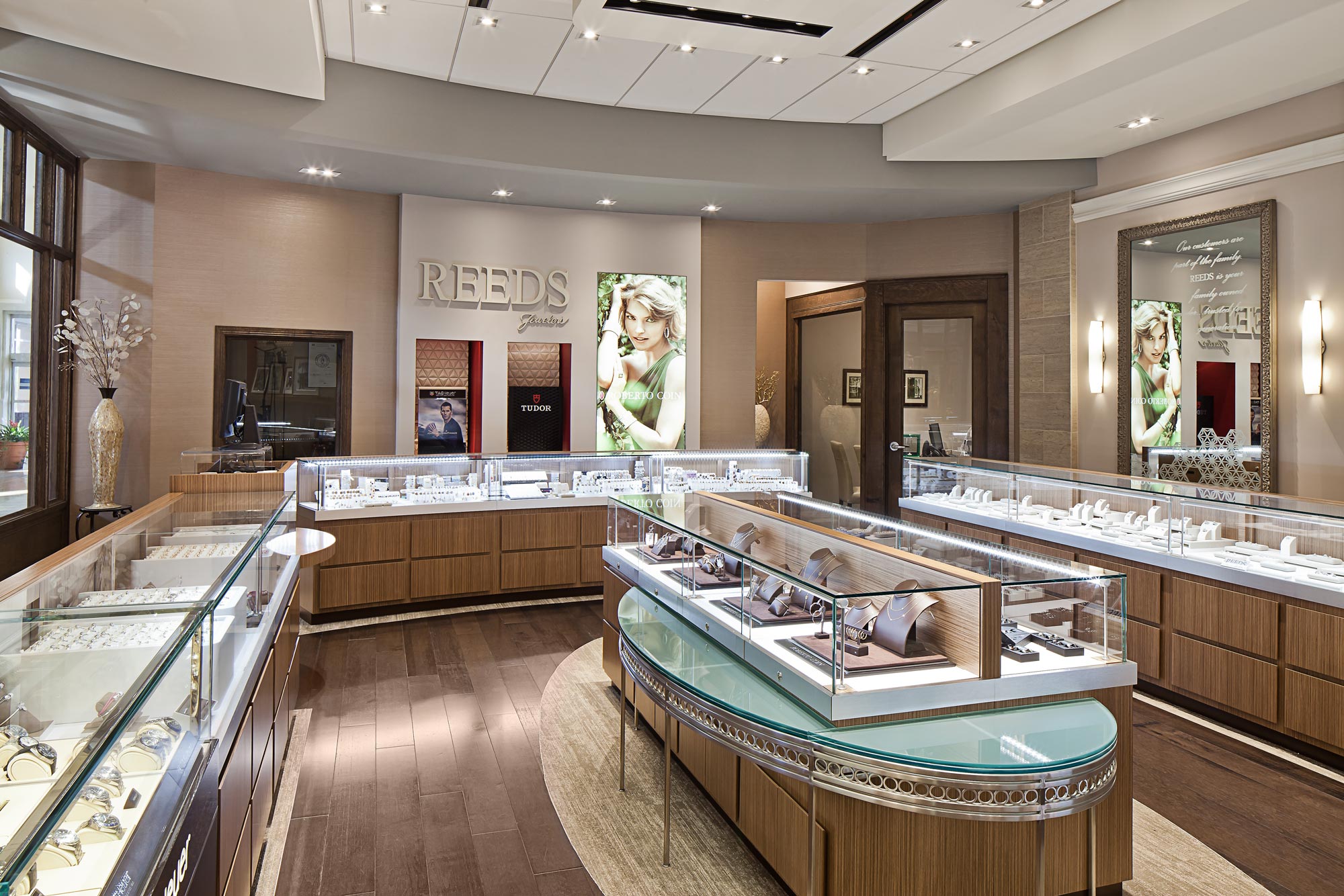It takes a lot of work for retail brands to deliver a remarkable experience. It can be done, however, by making sure the environment touches each of the five senses.
A sensory experience affects a human’s senses: sound, sight, touch, smell and taste. Retailers often naturally focus on sight, primarily caring about how the space. But what they don’t realize is that the look and feel of the environment encompasses a lot more than simply how it appears.
In order to create a distinct and intentional sensory experience for guests, pay special attention to the feel of the space and appeal to their senses of sound, smell and touch. Since retail operators are often serving customers with diverse motivational drivers and backgrounds, it’s important to hit on enough factors to create a remarkable experience.
Sound
Different retailers function best under different noise conditions. You need to decide up front what you’re looking to establish in the space. Are you creating a festive, social vibe, or are you going for a quiet and calm setting? It all comes down to brand messaging. Once you’ve decided on your goal, you can use an intentional combination of specific music along with specific material selection focused on acoustic control.
Smell
Scents can be established in a variety of ways. Using the pressurization associated with your HVAC system and the hood exhaust system, you can control the smell within your retail space.
Touch
There are two ways customers can experience the sense of touch: literally and figuratively. A person can physically touch different finishes in a retail environment based on surfaces that feel natural, solid, textured, soft, hard, plush, layered or comfortable. And, the way these textures look can even affect your guests’ “sense” of touch. These literal implications set the tone for the way your store may feel to the customer.
Retail operators typically approach this sense of touch in two different ways. While some go out of their way to define a customer’s personal space, others breakdown the definition of space to make their establishment feel more communal. Additionally, different table styles can impact the way a person feels in the space. How you approach this sense of touch will be determined by the type of environment you are trying to create.
Sensory experiences exist almost everywhere in your retail environment, whether they’re deliberately planned or not. Executing an experience that touches on each sense can be a challenge, but should always be intentional. It’s best to break them down into their own experience rather than tackle them all at once. This way, you have a better idea of where you want to go and what you want to accomplish with each.
Featured on Retail Customer Experience.

